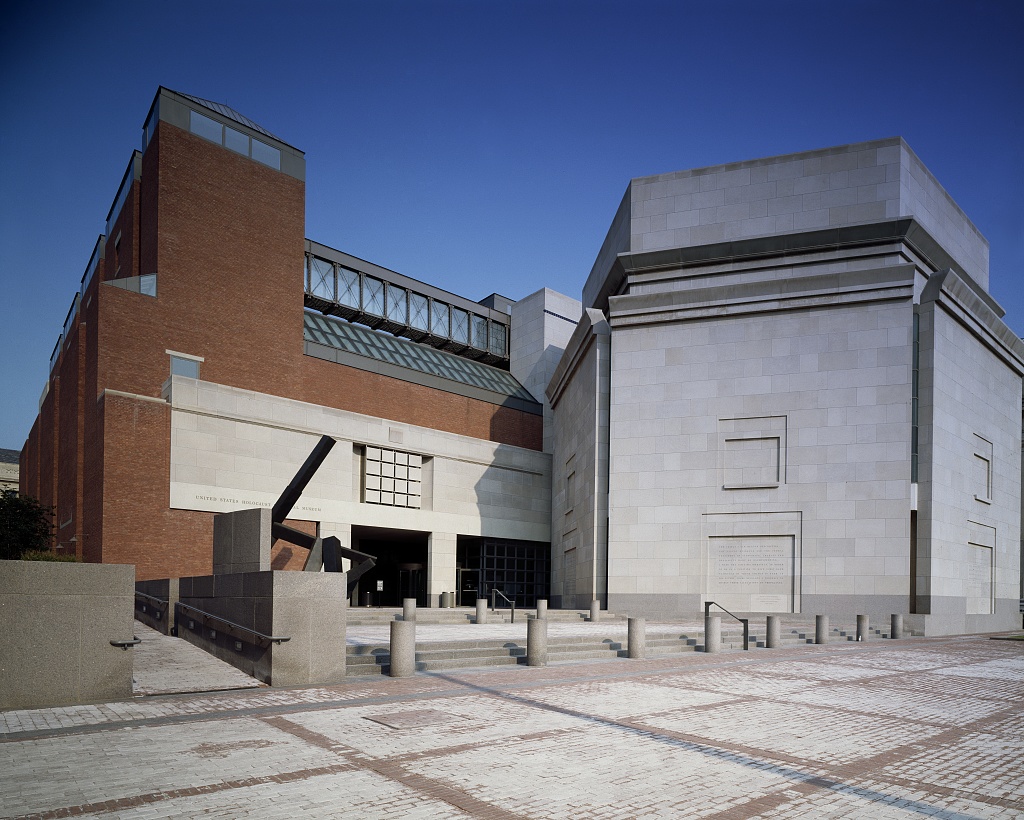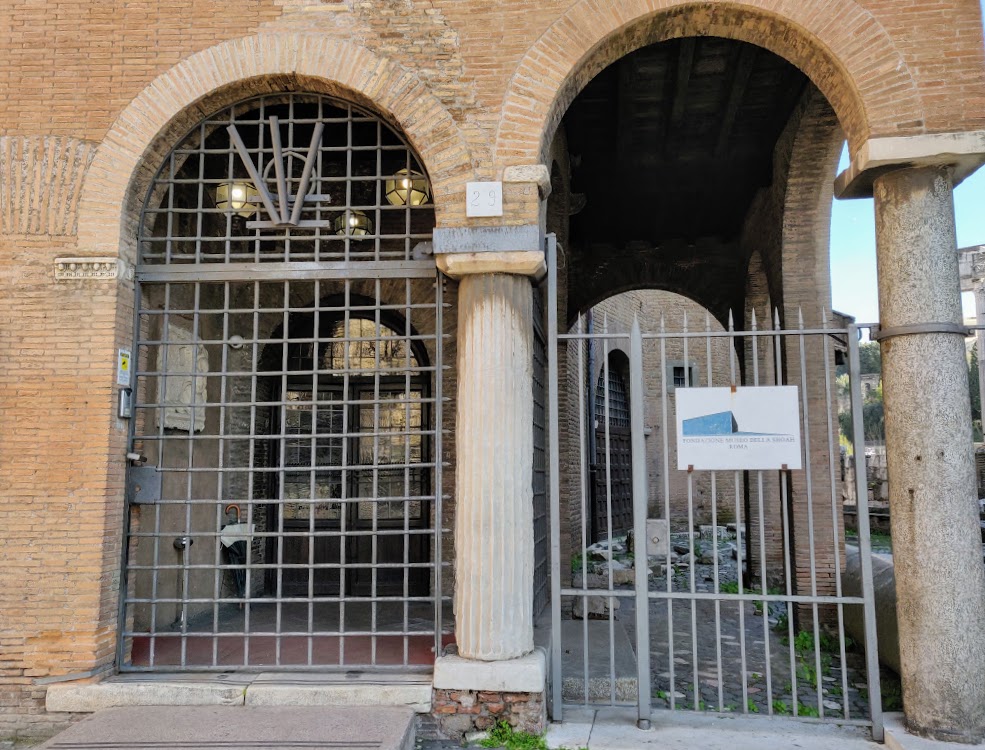RECOMMENDED BOOKS

How Fascism Works: The Politics of Us and Them
A clear analysis of the ten pillars of fascist politics, and how they function in the modern world.

On Tyranny: Twenty Lessons from the Twentieth Century
A practical guide to recognizing and resisting the signs of authoritarianism.

The Origins of Totalitarianism
A comprehensive analysis of the rise of Nazi Germany and Stalinist Russia, exploring how totalitarian movements gain and maintain power.





